Kitchen design trends have increasingly moved towards sustainable and eco-friendly materials. One such innovative option gaining popularity is recycled glass backsplashes. Not only do these backsplashes contribute to environmental sustainability, but they also bring a unique aesthetic appeal to the kitchen space. Let’s talk about different aspects of recycled glass backsplashes, including their benefits, design options, installation process, and maintenance. Additionally, we will discuss common mistakes to avoid and address frequently asked questions to help you make an informed decision.

Benefits of Recycled Glass Backsplashes
Environmental Sustainability
Recycled glass backsplashes are an excellent choice for environmentally conscious homeowners. They are made from post-consumer glass, such as bottles and jars, which are diverted from landfills. By choosing recycled glass, you contribute to reducing waste and promoting recycling efforts. Moreover, the production process of recycled glass requires less energy compared to manufacturing new glass, further minimizing the carbon footprint.
Unique Aesthetic Appeal
One of the most compelling reasons to choose recycled glass backsplashes is their unique aesthetic appeal. The glass pieces are available in a variety of colors, shapes, and sizes, allowing for endless design possibilities. Whether you prefer a mosaic style with intricate patterns or a sleek, modern look with uniform tiles, recycled glass can be customized to match your kitchen’s design. The reflective properties of glass also add a sense of depth and light, enhancing the overall ambiance of the kitchen.
Durability and Resilience
Recycled glass backsplashes are not only beautiful but also highly durable. Glass is resistant to stains, mold, and mildew, making it an ideal material for kitchen environments where spills and splatters are common. Additionally, recycled glass is tough and can withstand high temperatures, ensuring that it remains intact even when exposed to heat from stovetops or ovens. With proper installation and care, recycled glass backsplashes can last for many years, providing both aesthetic and functional benefits.
Easy Maintenance
Maintaining a recycled glass backsplash is relatively easy. The non-porous surface of glass makes it resistant to stains and easy to clean. A simple wipe with a damp cloth and mild detergent is usually sufficient to keep the backsplash looking new. Unlike natural stone or porous tiles, glass does not require sealing or special treatments, reducing the overall maintenance efforts. This ease of maintenance makes recycled glass backsplashes a practical choice for busy kitchens.

Design Options for Recycled Glass Backsplashes
Color Variations
Recycled glass backsplashes offer a wide range of color options, from vibrant hues to subtle shades. Homeowners can choose from a spectrum of colors to complement their kitchen’s color scheme and overall design. Bright, bold colors can add a pop of excitement to the kitchen, while neutral tones provide a more understated elegance. The ability to mix and match colors also allows for creative and personalized designs that reflect individual tastes and styles.
Tile Shapes and Sizes
The versatility of recycled glass extends to the variety of tile shapes and sizes available. Standard options include square, rectangular, and subway tiles, which can be arranged in various patterns such as herringbone, chevron, or brick. For a more unique look, homeowners can opt for irregularly shaped tiles or custom-cut pieces that create intricate mosaic designs. The choice of tile shape and size can significantly impact the overall appearance and texture of the backsplash.
Combining Materials
For those looking to create a truly unique kitchen design, combining recycled glass with other materials can yield stunning results. Pairing glass tiles with natural stone, ceramic, or metal accents can add depth and contrast to the backsplash. For example, using glass tiles as a border or focal point within a larger stone backsplash can create a striking visual effect. This combination of materials allows for greater design flexibility and can elevate the overall aesthetic of the kitchen.
Reflective and Matte Finishes
Recycled glass backsplashes come in both reflective and matte finishes, each offering a different look and feel. Reflective finishes enhance the natural light in the kitchen, making the space feel brighter and more open. This is particularly beneficial for smaller kitchens or those with limited natural light. Matte finishes, on the other hand, provide a softer, more subdued appearance that can add a touch of sophistication to the kitchen design. Choosing the right finish depends on the desired ambiance and overall style of the kitchen.

Installation Process
Preparing the Surface
Proper surface preparation is crucial for the successful installation of a recycled glass backsplash. The wall should be clean, dry, and free of any debris or old adhesive. If the surface is uneven, it may need to be sanded or patched to ensure a smooth base for the tiles. Additionally, a primer or bonding agent may be applied to improve adhesion and ensure that the tiles stay securely in place.
Cutting and Arranging Tiles
Cutting recycled glass tiles requires precision and the right tools. A wet saw with a diamond blade is typically used to cut the tiles to the desired size and shape. It is important to measure and plan the layout carefully before cutting to minimize waste and ensure a seamless fit. Once the tiles are cut, they should be arranged on the wall to verify the pattern and alignment before applying adhesive.
Applying Adhesive and Grout
A high-quality adhesive specifically designed for glass tiles should be used to secure the tiles to the wall. The adhesive is spread evenly over the surface using a notched trowel, and the tiles are pressed firmly into place. After the adhesive has dried, typically within 24 hours, grout is applied to fill the gaps between the tiles. Epoxy grout is recommended for glass tiles as it is more durable and resistant to staining compared to traditional cement-based grout.
Sealing and Finishing
While recycled glass tiles themselves do not require sealing, the grout may benefit from a sealant to prevent stains and moisture penetration. Once the grout has fully cured, a sealer can be applied to enhance its durability. The final step involves cleaning the tiles to remove any residue or haze left from the grout application. This ensures that the backsplash looks polished and ready for use.
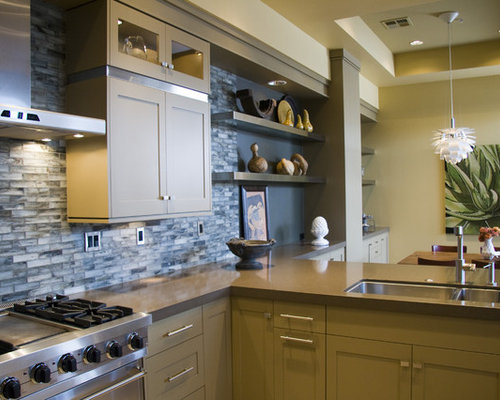
Maintenance and Care
Regular Cleaning
Keeping a recycled glass backsplash clean is straightforward and requires minimal effort. Regular wiping with a damp cloth and mild detergent is usually sufficient to remove any dirt or splatters. For more stubborn stains, a mixture of water and vinegar can be used to gently scrub the surface. Avoid using abrasive cleaners or scouring pads as they can scratch the glass and dull its finish.
Preventing Damage
While recycled glass is durable, it is not entirely immune to damage. To prevent scratches and chips, it is important to handle sharp objects carefully around the backsplash. Using cutting boards and avoiding direct contact with heavy cookware can help maintain the integrity of the glass tiles. Additionally, addressing any issues such as loose tiles or cracked grout promptly can prevent further damage and extend the lifespan of the backsplash.
Addressing Stains and Discoloration
Although glass is resistant to most stains, certain substances like hard water deposits or grease can cause discoloration over time. Regular cleaning can prevent build-up, but for tougher stains, a specialized glass cleaner or a mixture of baking soda and water can be effective. Gently scrubbing with a soft brush can help remove stains without damaging the tiles.
Long-Term Care
To ensure the longevity of your recycled glass backsplash, it is important to perform regular inspections and maintenance. Checking for signs of wear or damage, such as loose tiles or cracked grout, and addressing them promptly can prevent more significant issues down the line. Periodically reapplying grout sealer can also help maintain the appearance and durability of the backsplash.
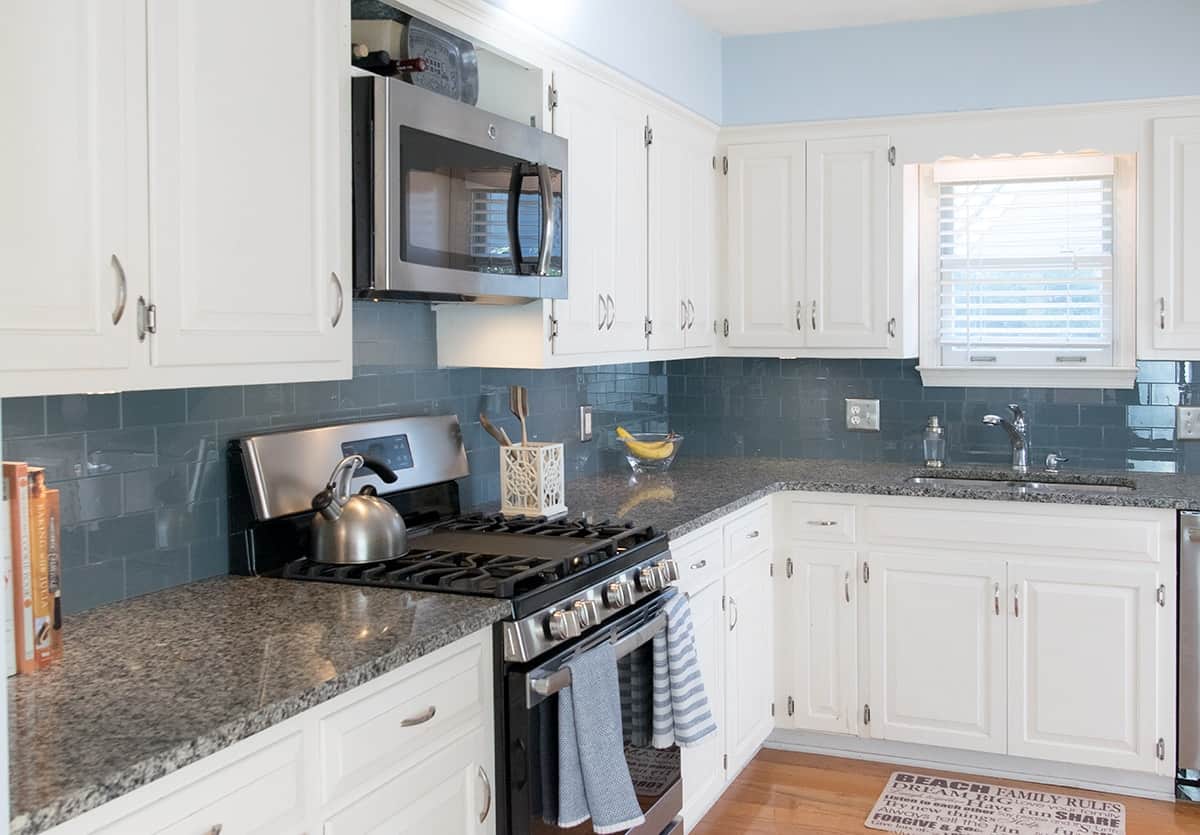
Common Mistakes to Avoid
Incorrect Surface Preparation
One of the most common mistakes in installing recycled glass backsplashes is inadequate surface preparation. Failing to properly clean, dry, and level the wall can result in poor adhesion and uneven tiles. Taking the time to prepare the surface correctly is crucial for a successful installation.
Using the Wrong Adhesive or Grout
Another common mistake is using inappropriate adhesive or grout for glass tiles. Standard adhesives and grouts may not bond well with glass and can lead to issues such as tiles falling off or grout discoloration. It is essential to use products specifically designed for glass tiles to ensure a secure and lasting installation.
Overlooking Grout Maintenance
Neglecting grout maintenance can lead to stains, mold, and deterioration over time. Regularly cleaning and sealing the grout can prevent these issues and keep the backsplash looking new. Ignoring grout maintenance can result in costly repairs and reduce the overall lifespan of the backsplash.
Rushing the Installation Process
Rushing through the installation process can lead to mistakes and a subpar finish. Taking the time to measure accurately, cut tiles precisely, and allow adequate drying times for adhesive and grout is essential for a professional-looking result. Patience and attention to detail can make a significant difference in the final appearance of the backsplash.

What are the benefits of using recycled glass for kitchen backsplashes?
Recycled glass backsplashes offer several benefits, including environmental sustainability, unique aesthetic appeal, durability, and easy maintenance. By using post-consumer glass, these backsplashes help reduce waste and promote recycling efforts. They come in a variety of colors and styles, allowing for personalized and creative kitchen designs. Additionally, recycled glass is resistant to stains, mold, and heat, making it a practical and long-lasting choice for kitchens.
How do I clean and maintain a recycled glass backsplash?
Maintaining a recycled glass backsplash is simple. Regular cleaning with a damp cloth and mild detergent is usually sufficient to keep the surface looking new. For tougher stains, a mixture of water and vinegar can be used. It is important to avoid abrasive cleaners and scouring pads that can scratch the glass. Regularly checking and sealing the grout can also help maintain the backsplash’s appearance and durability.
Can recycled glass backsplashes withstand heat and moisture?
Yes, recycled glass backsplashes are highly durable and can withstand heat and moisture. Glass is naturally resistant to stains, mold, and mildew, making it an ideal material for kitchen environments. It can handle the high temperatures near stovetops and is not affected by moisture, ensuring that it remains intact and visually appealing over time.
Are recycled glass backsplashes more expensive than other materials?
The cost of recycled glass backsplashes can vary based on factors such as quality, design complexity, and installation. While they may be more expensive than some materials like ceramic or porcelain tiles, they offer unique aesthetic and environmental benefits that can justify the higher price. Additionally, the durability and low maintenance requirements of recycled glass can provide long-term cost savings compared to other materials that may require more frequent repairs or replacements.
How long does it take to install a recycled glass backsplash?
The installation time for a recycled glass backsplash depends on the size of the area, the complexity of the design, and the skill level of the installer. Generally, the process involves preparing the surface, cutting and arranging the tiles, applying adhesive and grout, and allowing sufficient drying time. A professional installation can typically be completed within a few days, while a DIY project may take longer depending on the homeowner’s experience and availability. Proper planning and patience are essential for a successful installation.

Recycled Bottle glass Kitchen Backsplash
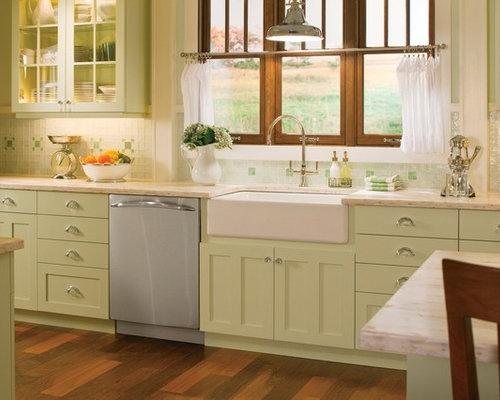
Kitchen Backsplash Ideas

Trendy Terrazzo Decor Ideas For Kitchens
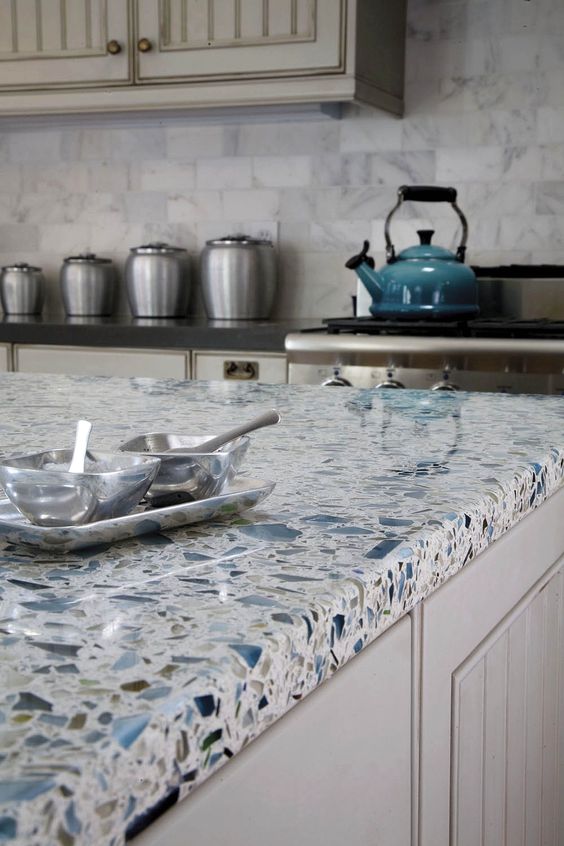
Kitchen Wall Glass Tiles

Cosmic Glass Tiles Danforth Carpet Connection
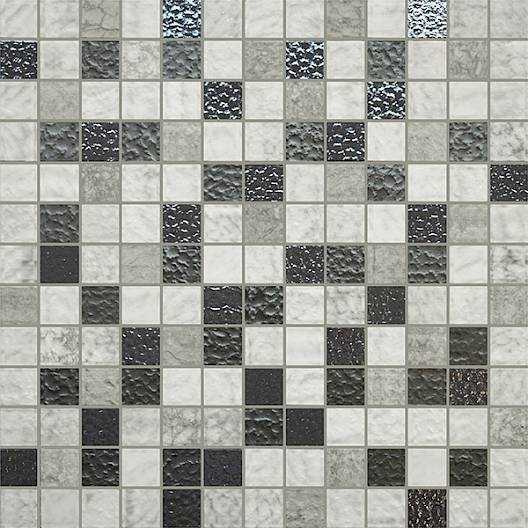
Blue Countertops: Pros and Cons for Every Type of Material Hunker

Related Posts:
- Coastal Kitchen Backsplash Tile
- Backsplash For Kitchen At Lowes
- Metal Kitchen Tiles Backsplash Ideas
- Natural Stone Tile Backsplash Kitchen
- Blue Kitchen Backsplash Ideas
- Kitchen Backsplash With Stainless Steel
- Backsplash Designs For Small Kitchen
- Orange Backsplash Kitchen
- Kitchen Backsplash For White Kitchen
- Adhesive Backsplash Tiles Kitchen